Ford this week confirmed it will indefinitely delay the launch of a new, all-electric SUV to put more focus on hybrids. It’s also cut back on production of its F-150 Lightning pickup. But while some EV skeptics take these moves as a sign that the market for all-electric vehicles is waning, Ford actually saw a surge during the first quarter, notably for its Mustang Mach-E. Here’s how it charged up demand.

Looking to move more battery-electric metal, Ford upped the incentives on the Mustang Mach-E to as much as $8,100.
A few months ago, they said it couldn’t be done. With EV sales languishing over the fall and winter, many in the industry believed that perhaps the EV industry had reached its Waterloo. Never mind that BYD and other Chinese makes are aching to drop into the U.S. market and never mind that traditional automakers are doing their best to move product. Ford has managed to do what some feared was impossible.
In the space of a few short weeks, the automaker has seen sales of its EV crossover, the Mustang Mach-E, turn around. It did it in quite normal fashion by cutting price and discounting product heavily.
A plague of problems
Going into 2024, sales of the Mustang Mach-E were abysmal. Or to put it into perspective the Mustang Mach-E was the slowest-selling EV on the market in the U.S.
Oh, there were a bunch of problems that plagued the Mach-E. Most notably, the EV lost its “eligibility for the $3,750 tax credit in January.” In turn, this made the crossover much more expensive. Indeed, this created a problem for the automaker, so it took action “by reducing the price of the Mach-E thousands of dollars.”
Honestly, this is quite a traditional reaction. When prices are high and sales are slow traditional carmakers do the thing, they may not love to do but they are good at, they cut their pricing drastically. Ford also improved its deals with big discounts and zero-percent financing to lure in buyers.”
“We saw an immediate bump,” Rick Wainschel, vice president of data and analytics at Cloud Theory, told Automotive Newson how the market reacted to the price cuts. “The [Mustang Mach-E] started to really catch fire over the last couple of weeks in particular,” he added.
Getting beyond early adopters
Over the last month, sales of the Mach-E have nearly tripled. But that hasn’t completely solved Ford’s problems with the EV.
“While the Mach-E is selling much better at is lower rice, it’s still not moving off dealer lots as quickly as the industry average,” noted CarBuzz.
Pulling in Ford’s other big EV from a couple of years ago, the F-150 Lightning. The publication noted that “they are both great electric vehicles.” Both of them arrived with lots of fanfare. The buzz around them was great and customers were excited.
People were excited but there was always the issue of early adopters who “had to have an electric Mustang or F-150 pickup. The early adopters didn’t care about cost. For its part, Ford wanted to push prices as high as possible to cover its massive investments in EV technology. Late last year, noted Ford CEO Jim Farley, the automaker was losing an average $37,000 for each EV it sold, something that it hoped to address through cost-cutting and greater volume. But mainstream buyers have proved far more resistant to the EV price penalty.
More Ford News
- Ford EV Owners Now Can Use Tesla Superchargers
- Ford CEO Farley Launches “Skunkworks” Program to Develop Affordable EV
- First Look: 2025 Ford Explorer
The affordable EV
Ford has a remedy but it won’t be here for a couple of years. The automaker which has been studying upcoming competitors like BYD, plans its own “cheap electric pickup [and an] SUV.” Will they be as affordable as, say, BYD’s $11,000 Seagull? Few, if any observers anticipate that, if for no other reason because of the price of lithium-ion batteries. The battery pack alone costs more than that in the Mustang Mach-E.
Ford is looking to trim costs on some models by switching to lithium iron phosphate, or LFP, batteries. But they do sacrifice range, which can turn off some potential buyers. There’s a broad consensus next-generation battery technology, such as solid-state, will yield significant cost reductions, but those are likely years from production.
As a result, Ford – like Tesla, General Motors and most other non-Chinese competitors — simply hoping to get a new wave of “affordable” EVs down into the $25,000 range. But federal EV incentives would help. Qualified vehicles could deliver buyers $7,500 in tax credits, bringing the price of some upcoming models down below $20,000.
A big gap
When BYD is selling vehicles for $11,000 that’s still a big gap.
But it’s unclear what products BYD actually will bring to the U.S. market. The ongoing political and economic battle between the two countries raises the questions of whether it actually will show up anytime soon.
And it’s far from certain American motorists would sign up for a vehicle as basic as the Seagull. Certainly, they’re not buying many downsized, stripped-down models when it comes to today’s gas-powered offerings.
Clearly, mainstream American buyers think that most of today’s EVs are out of their price range How low to go – and how to get there — is an interesting quandary for Ford and others.

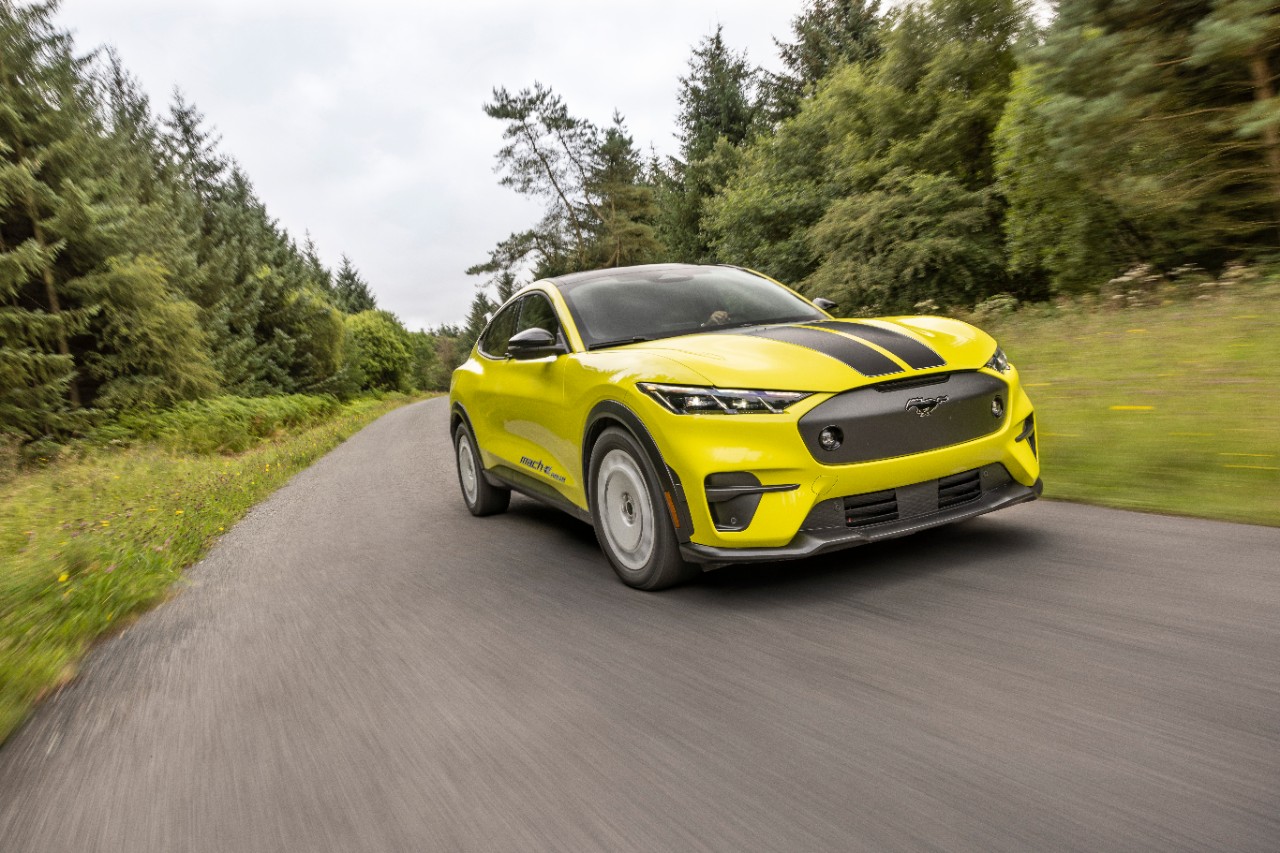
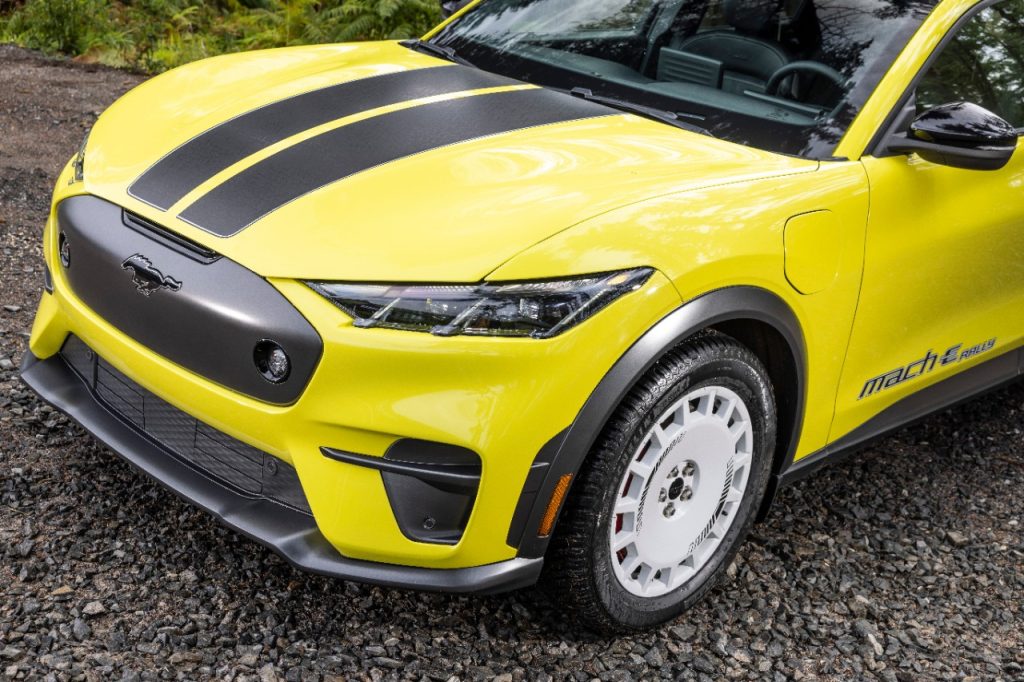
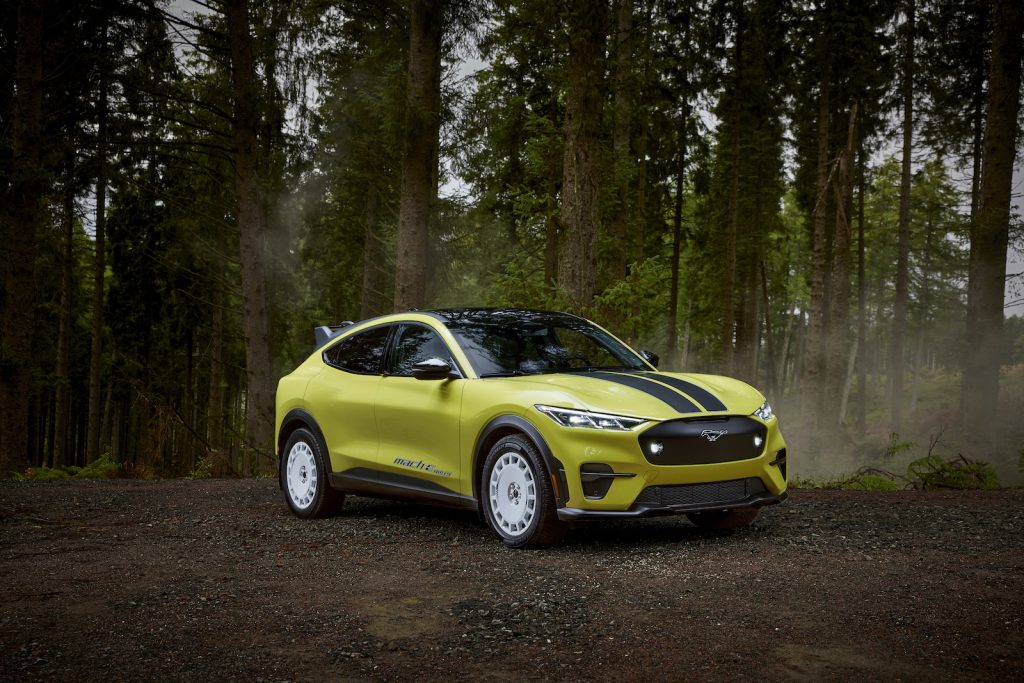
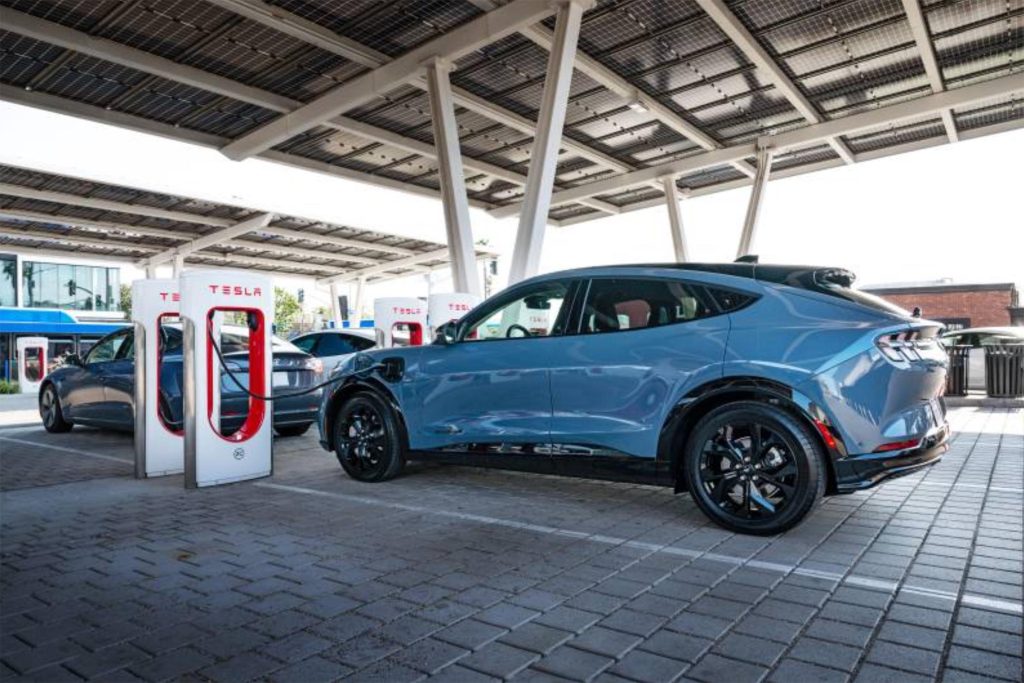
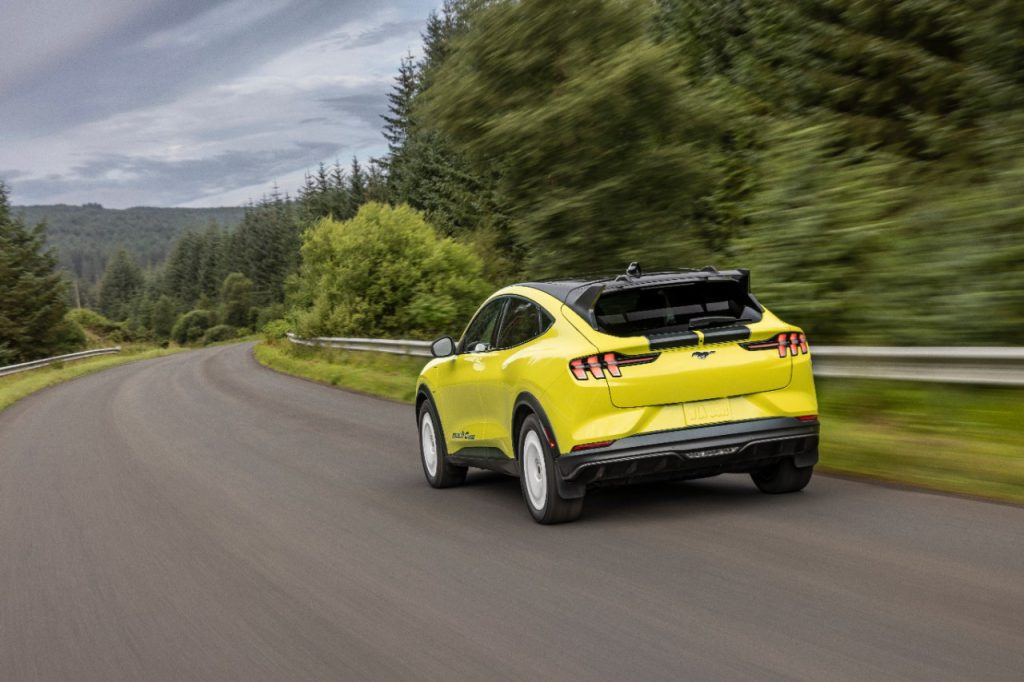


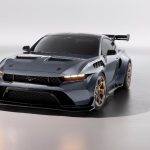



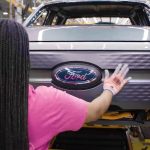

0 Comments